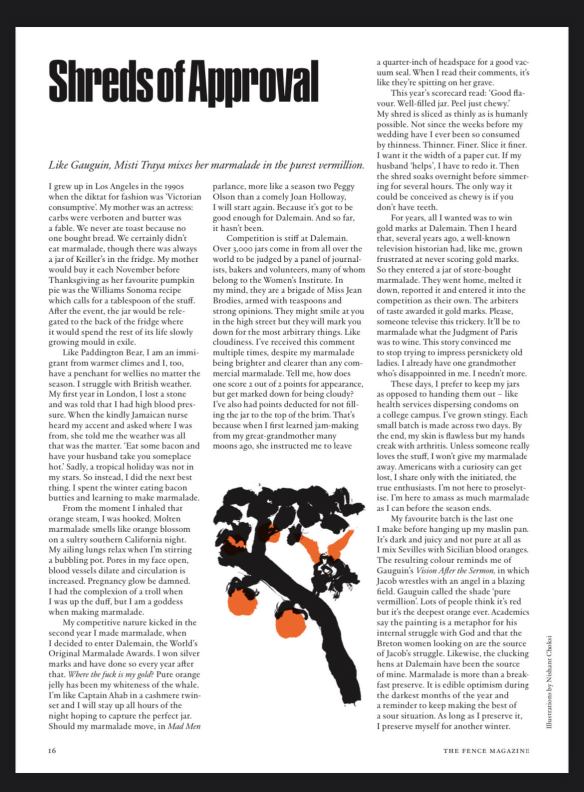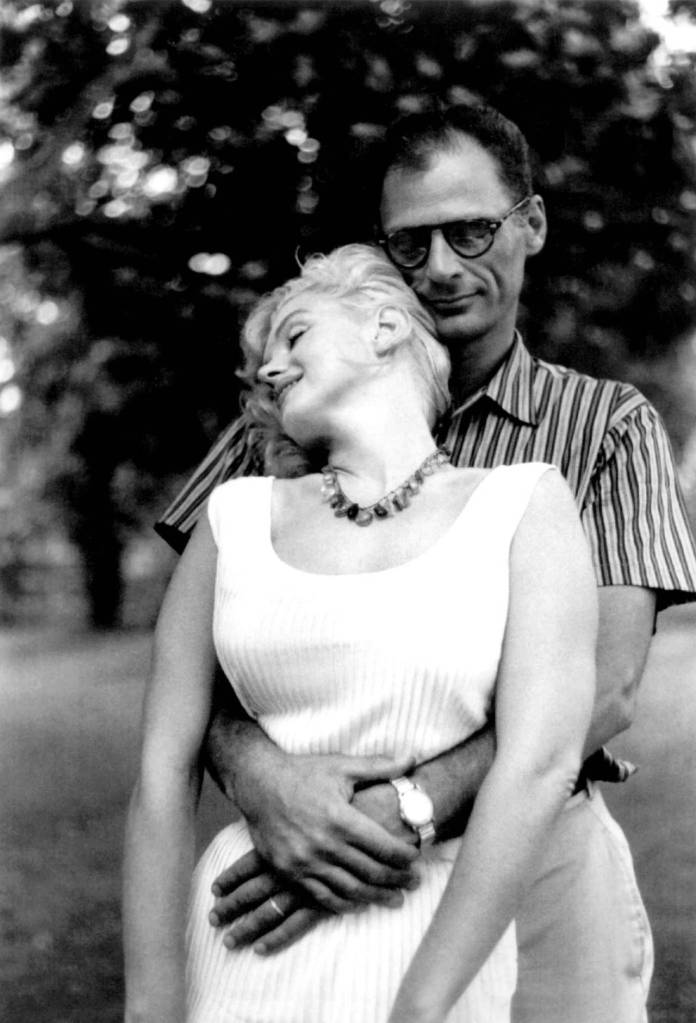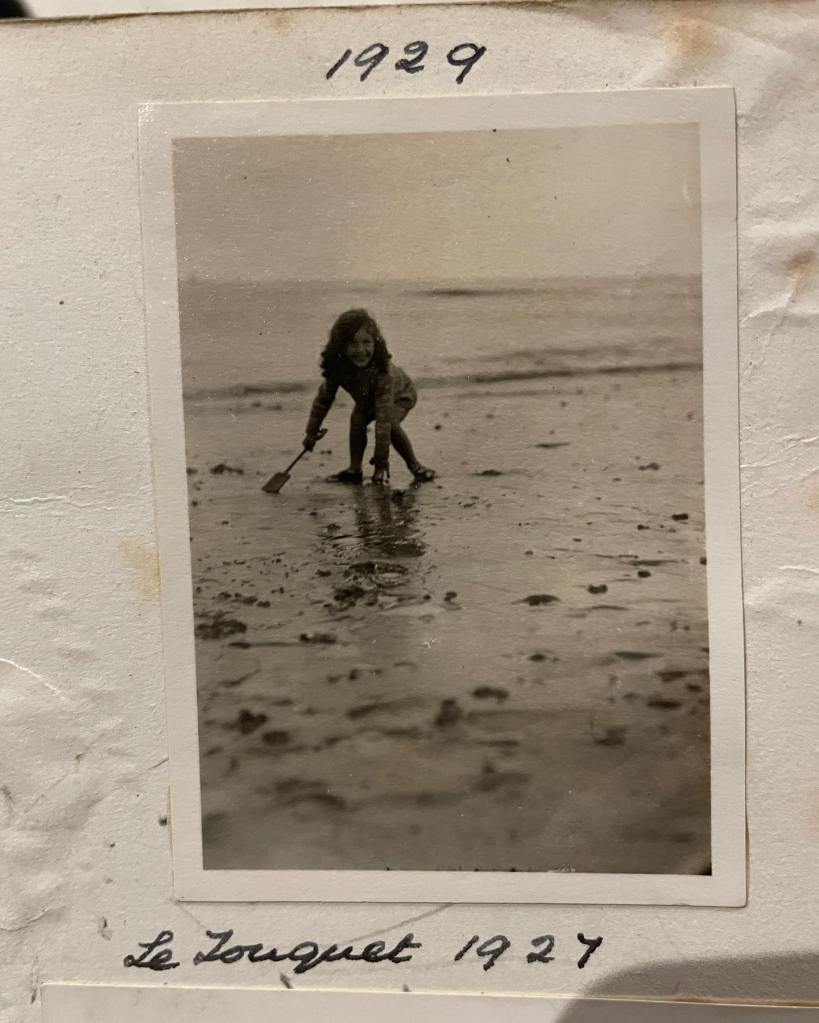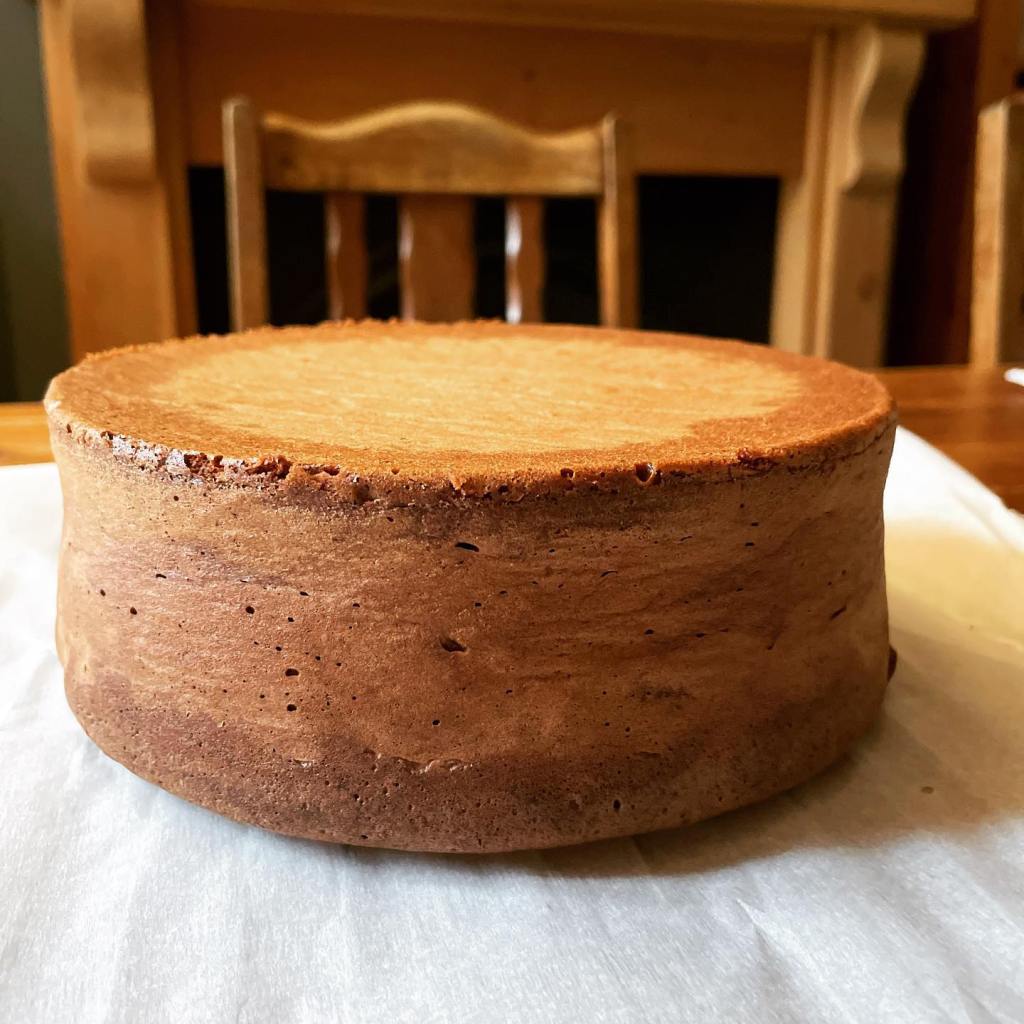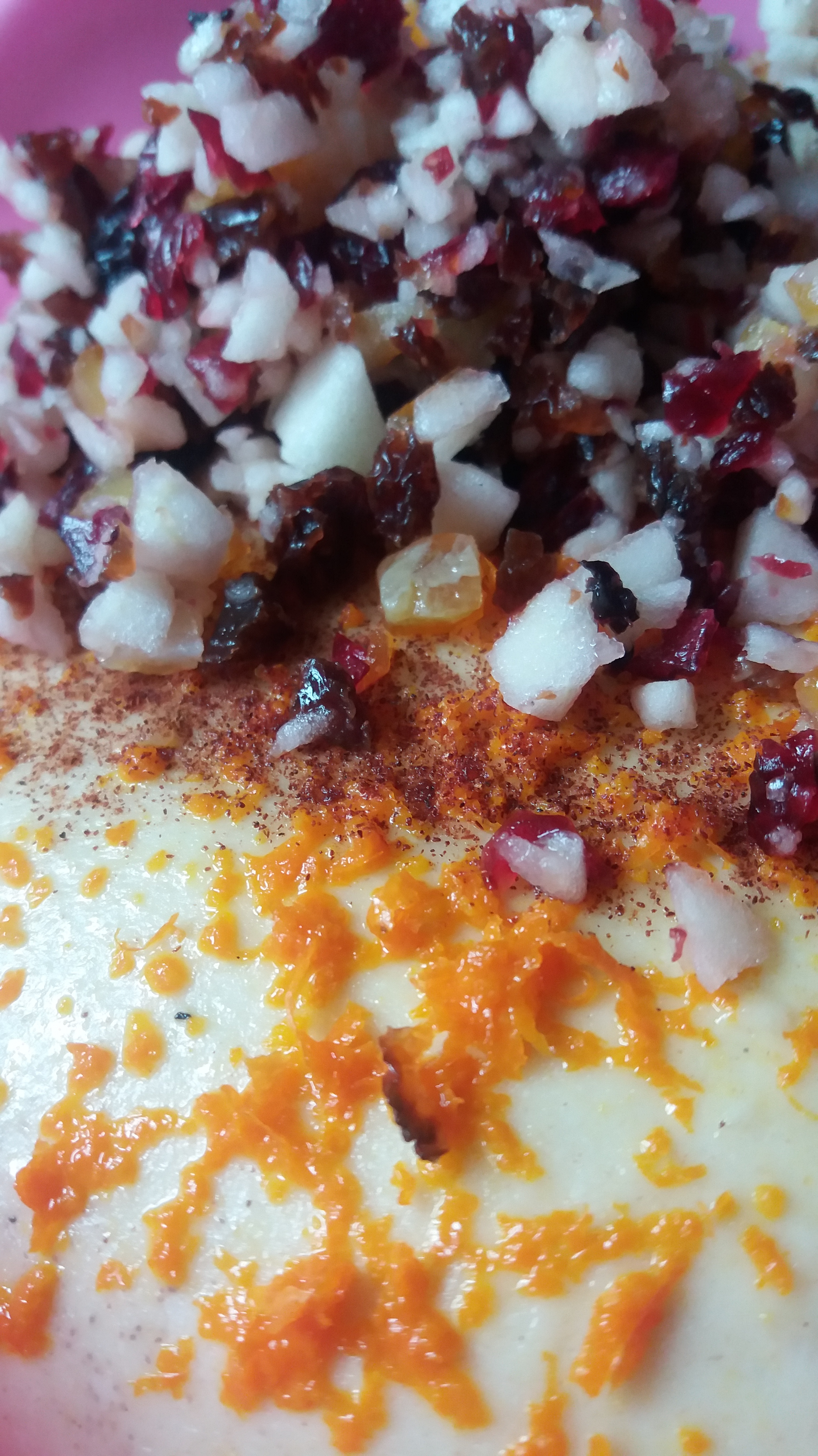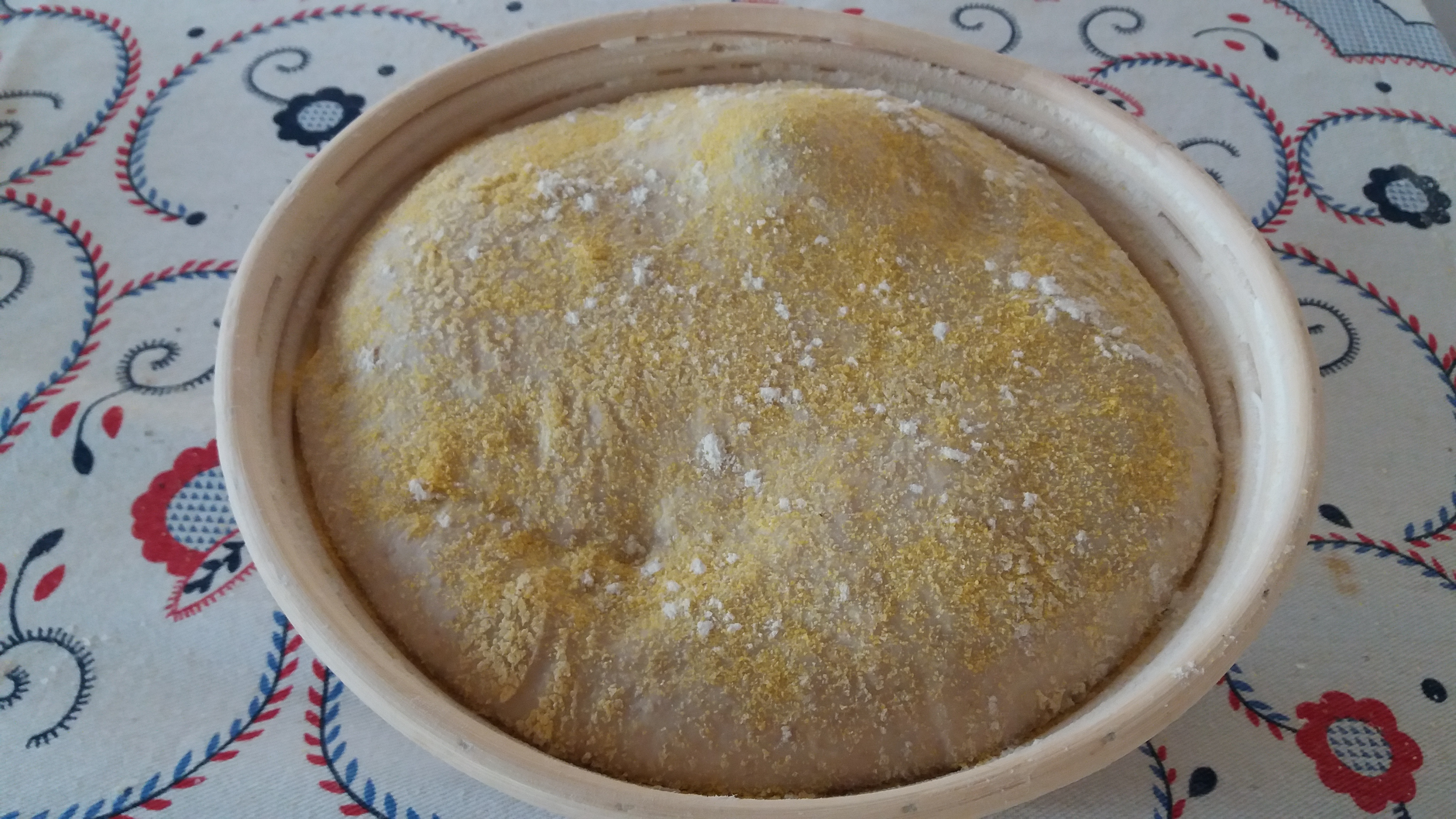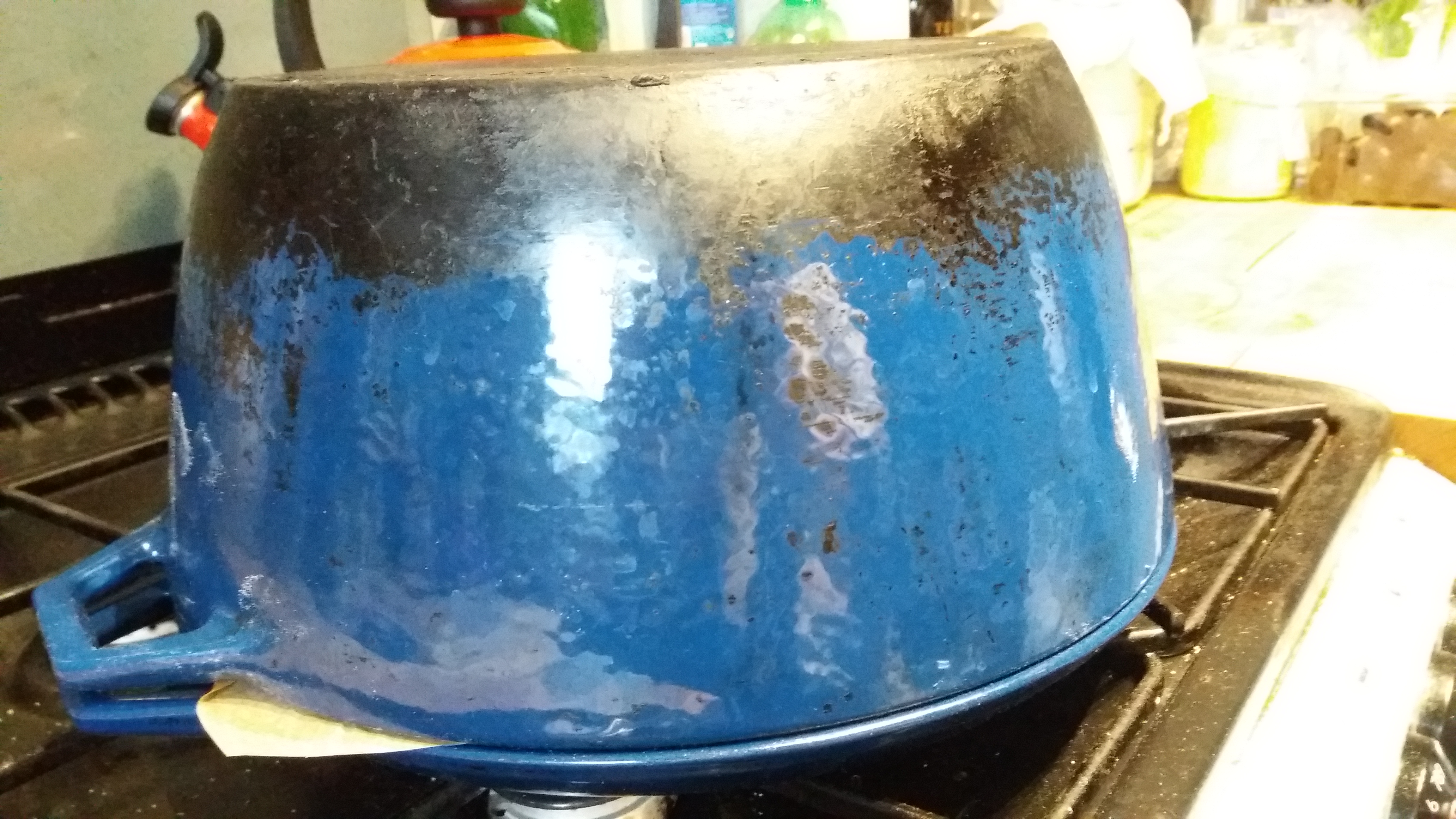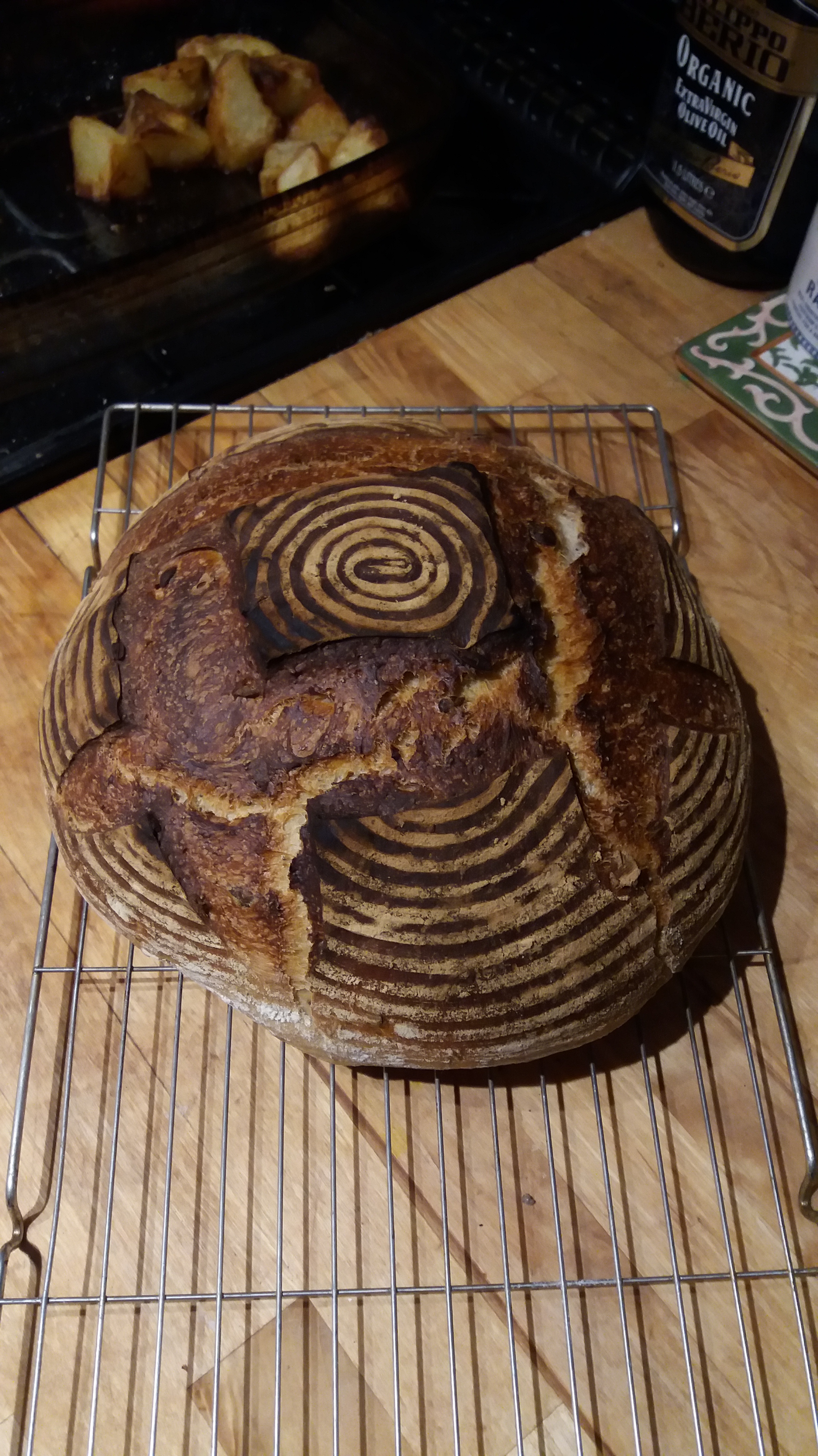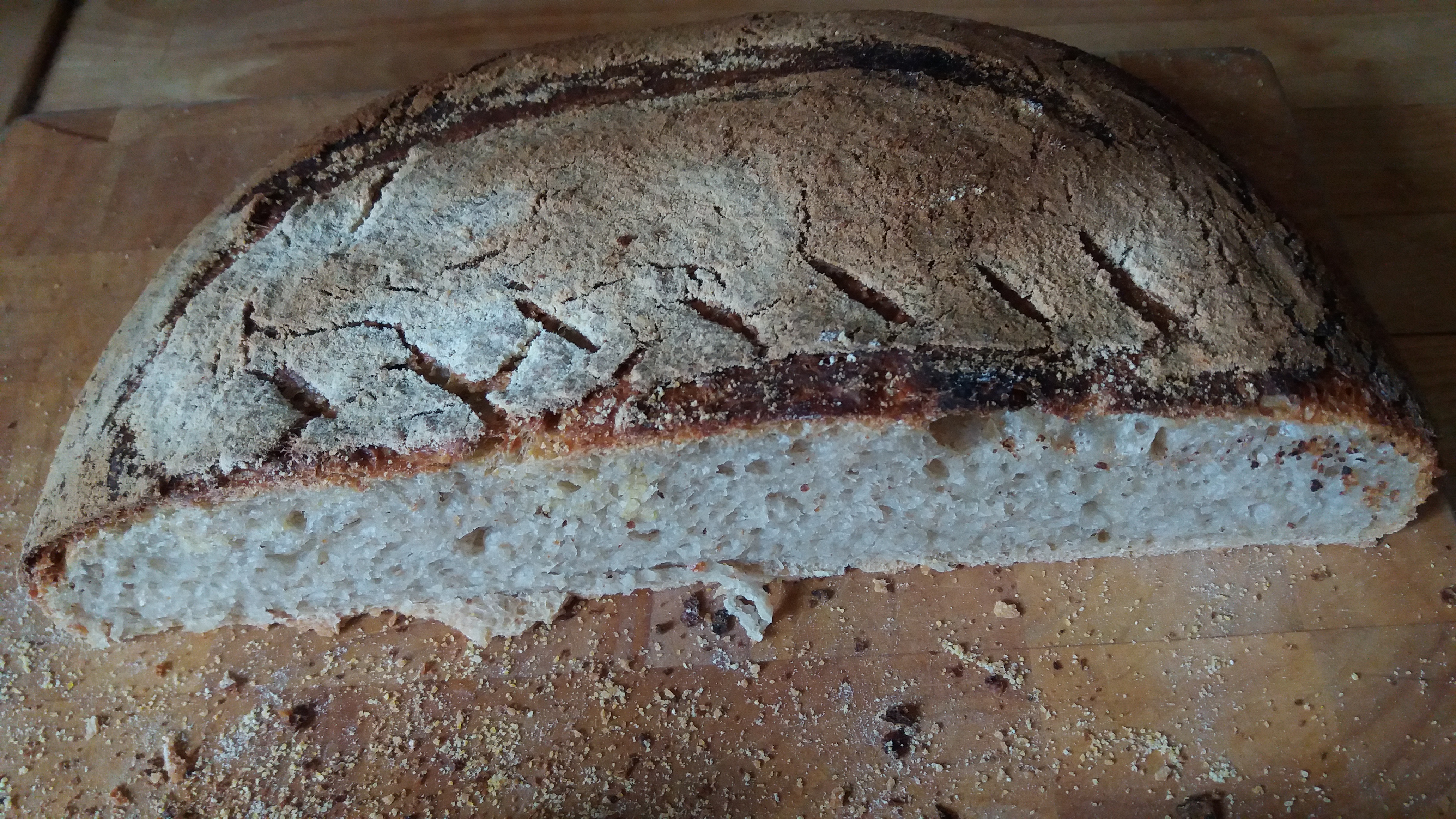Leopard print, vamp lipstick, leather jacket, DMs. These are things that make me smile and remind me of my friend, Amanda Bankert. In 1999, we both took Suzanne Gardinier’s first year studies in poetry class called “Would You Wear My Eyes?” at Sarah Lawrence College. These days, we both live on the other side of the Atlantic. After years in London, I’m now in rural Kent and Amanda is in Paris where she is a top Cordon Bleu trained pâtissière. She has a donut shop and a brownie bar on Rue d’Aboukir called Boneshaker where The Barefoot Contessa, Ina Garten, has been known to stop by for a smackerel of something sweet quand à Paris avec le luckiest duck, Jeffrey.
Several years ago, my husband and I were in Paris for a child-free weekend. We dropped in on Amanda to say hello and also get some donuts. They were unbelievably good. She had a particularly cheeky glint in her eye as we waxed lyrical about the pastry cream with a hint of cardamom. She waited until we finished gushing then she told us. She had recently made everything on her menu vegan. She wasn’t advertising it as such though because she was worried it might not go down well with traditionalists. Reader, her vegan treats have gone down a storm.
Last year, Amanda authored two cookbooks–Voilà Vegan and Donuts, Café, et Good Vibes. On April 2nd, she will be in conversation with food writer, David Lebovitz, at The American Library in Paris. Tickets are free so book now. Until then, here she is in conversation with me about expat life and her first book, Voilà Vegan, which you should absolutely buy whether you’re vegan or not.



In a post about the origins of Chagrinnamon Toast, I wrote “I’ve never understood why in times of crisis, I always crave cinnamon toast–the real thing or the kids’ cereal. On the first day of kindergarten which I found extremely stressful, my mother made cinnamon toast for me after school. Cinnamon is and has always been my palliative. Kind of like French toast for Conrad in Ordinary People. When I eat it, I know I’m loved and everything is going to be okay.” When I read your section about Snickerdoodles, I realised I wasn’t alone. I had no idea cinnamon was such an American flavour. Talk to me about that. Do you think in a way, not just cinnamon, but certain flavours or recipes help when you’re feeling homesick?
AB: My donut shop is essentially a love letter to my memories of life in the US. Growing up, my family had a tradition of visiting the same donut shop every summer – Marvel’s Bakery, on Long Beach Island, NJ. The donuts are made fresh to order, with a line snaking out of the shop’s screen door on weekends. I would always get a bag of piping hot, cinnamon sugar donuts to take home. We’d eat them on the deck of our beach house, before heading out for another day of sand and swimming, and then back home for dinners of freshly shucked corn, hot dogs, and Jersey tomato salads.
Cinnamon Sugar donuts were the first prototype I developed for Boneshaker. For me, donuts (in particular, cinnamon sugar donuts) are about capturing that feeling of summer vacation: family and friends, bare feet, board games, and oldies playing on my Dad’s vintage stereo system.
Are there parts of your French life that Americans poke fun at? Or things about being American that your French friends and family find funny? I loved the anecdote about your sartorial choices for the school run that a French mother commented on rather bitingly.
AB: The sartorial choices have come full circle; I still unapologetically wear sweatpants to bring my 9 year old to school, yet I wouldn’t be caught dead wearing leggings in lieu of trousers. If it’s before 9 am, anything goes – afterwards, I try to pull myself together.
To put the previous question another way, what American habits do you feel you’ve dropped since living in France and what do you feel you’ve adopted?
AB: It’s been over 20 years since I lived in the States (yikes!) so it’s hard to say what American habits I’ve dropped. When I go back, I’m usually pretty bewildered. This is compounded by the fact that I have an American accent, so I sound like I should know what is going on. The amount of times I’ve panicked while buying a coffee or sandwich (How much to tip??! Tap or swipe or insert??! Why do they need my phone number?)…it’s a very humbling experience.
Some things I’ve adopted: les bisous, wine at lunch (hooray!), sighs, eyerolls and harrumphs as effective communication skills, and bread from the bakery ONLY.
You’re one of my heroes for many reasons, but one in particular. You completed a course at Le Cordon Bleu at age 22 whilst pregnant with your first child. Can you tell me what that was like? Did you feel there was extra pressure on you?
AB: I hid my pregnancy for the first 6 ½ months – right up until about the week before graduation. Morning sickness was rough – I didn’t enjoy adding rum to pastry cream for the pain aux raisins (the smell made me retch). And I remember discreetly asking a girlfriend to help me lift the 50 pound sugar lamps – otherwise it was business as usual. Ten years later, when I was pregnant with my second son, I also worked in a kitchen up until around the 7 month mark. I’m pretty comfortable waddling around professional kitchens “with a bun in the oven.”

What is your favourite recipe in the book?
AB: It’s hard to pick a favourite, but I’m really proud of the clafoutis recipe. It was one of the first recipes I developed for the book – and I’m really happy with the outcome. A convincing custard-based bake is a vegan triumph.
Do you have a favourite poem? Also, you’re a poet. Would you be willing to share one of your poems?
AB: My all-time favorite book of poetry is Marilyn Hacker‘s “Love, Death, and Changing of the Seasons”. I discovered her work during our Freshman Year Poetry Studies at Sarah Lawrence, and that collection is still my go-to. I haven’t written a poem in a really long time, but one of my favorites was written about an ex-boyfriend in Dublin. We met at work – he was a chef de partie, I was a pastry commis. I was 23 and married. We ended up falling in love and stayed together for about 6 years, before I moved to Paris.

What are your most beloved items of clothing/shoes/jewellery? Is there a story behind those personal effects?
AB: I believe in talismans. My youngest son, Loic, picked out a turquoise ring to gift me for my 40th; I wear it religiously. He just got me another one for Christmas this year, so I am slowly morphing into my “bohemian lady of a certain age covered in silver and turquoise jewelry” era, and I’m fully embracing it. I also always wear a small diamond ring that my high school boyfriend proposed to me with, as well as a Virgin Mary medallion that a monk gave me 2 years ago on the Paris metro (we sat across from each other, I smiled at him, and he pulled it out of a pouch hidden in his robes.) I’ll take all the help I can get.

What’s your favourite music to listen to at the moment?
AB: Etta James, forever and always.

Your recollection about working as a pastry chef in Ireland and having the head chef throw madeleines at your head is brilliant. So comical, but stressful. Lots of films and programs are now set in a kitchen. What about the environment do you think makes kitchen life good drama? Is it the pacing–à la minute? Is it the egos? Do you have a favourite food program?
AB: Jeremy Allen White’s Calvin Klein campaign.
Kitchens are high-drama environments. You’re always working under a certain level of pressure – whether that’s staying out of the weeds during hectic service, or keeping up with demand in a busy bakery. And – I say this with love – most restaurant lifers are weirdos (myself included). Of course, the level of drama depends greatly on who’s at the helm of the ship. I’ve worked with head chefs who’ve openly stated that the most effective way to prevent fuck ups is to instill fear. And, of course, flaring tempers and flying cakes make for excellent television. My eldest son, Finn, and I have gleefully watched Gordon Ramsay’s “Kitchen Nightmares” since it first debuted in the early 2000s. We still watch reruns on YouTube (the UK episodes are our favorite) on chill-out nights with plates of pasta balanced on our laps. It’s ABSOLUTELY ridiculous; perfectly unrealistic reality television.

I didn’t know you had OCD or anxiety until I read it in your book. I agree that cookies definitely help. Do you feel your OCD helps you in the kitchen? Or do you feel it’s something you’ve overcome?
AB: If depression is a black dog, OCD is depression’s rabid brother. (Rabies, incidentally being one of my many health anxiety “quirks” – along with botulism, tetanus, and Weil’s disease.) At my worst, I was throwing hundreds of euros of food in the trash out of fear of contamination, obsessively making appointments with health professionals, and Googling imagined symptoms like a (literal) maniac. It sucks. Cognitive behavioral therapy was a life-saver. I wouldn’t say my OCD has helped me in any way, aside from giving me a strong appreciation for the importance of mental health. I still have flare-ups, but these days my “rabid dog” is much more manageable.

Not that you’re anywhere near it, but where and how do you see yourself in retirement?
AB: More silver and turquoise jewelry. I’d love to have an Ina Garten-esque life, writing cookbooks and filming a cooking show from my house at the beach. I’m happy to “retire” to that lifestyle anytime someone wants to make me an offer. (Netflix, I’m ready, darlings!!)

OH…and didn’t I once send you a squirrel cookie cutter?!
AB: YES!! I love our shared passion for squirrels! When I was on book tour, I taught a baking class with Adam Sobel of the Cinnamon Snail at his home in New Jersey. His wife is a certified wildlife rehabilitator and she was BOTTLE-FEEDING BABY SQUIRRELS while I was at their home. A dream come true (we can add wildlife rehabilitation to my retirement plan.)




